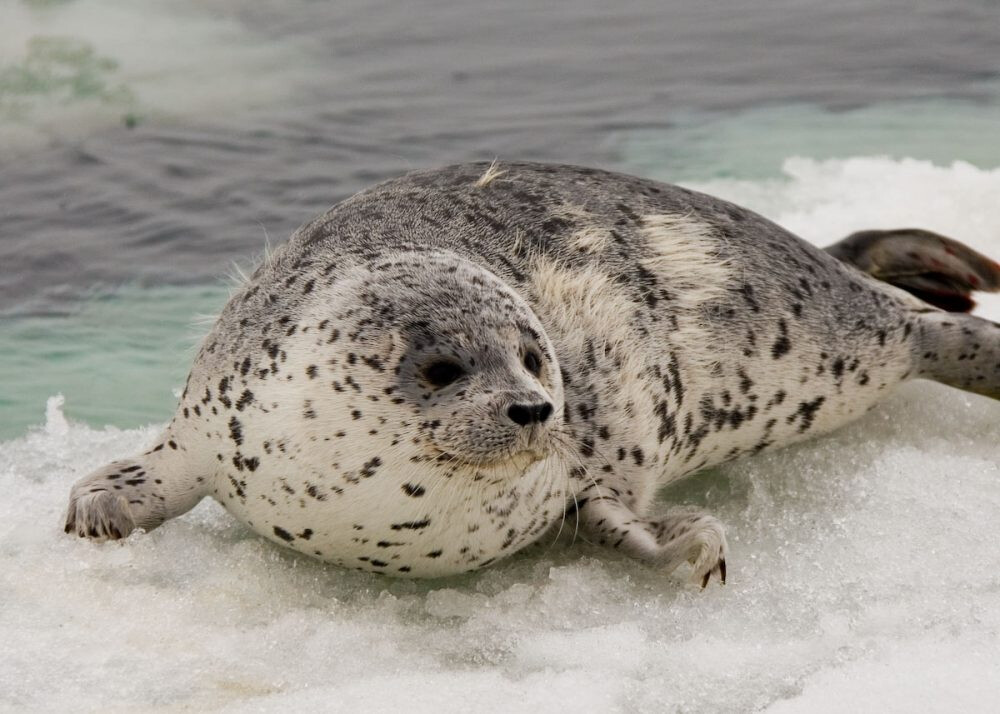
Chungcheongnam-do Province has officially launched a comprehensive initiative to safeguard the spotted seal population inhabiting the ecologically significant Garorim Bay, a region with aspirations of becoming a National Marine Ecosystem Park. Recognizing the intrinsic ecological and economic value of these marine mammals, the provincial government has established the ‘Spotted Seal and Habitat Management Committee’ and is actively pursuing the creation of a dedicated National Spotted Seal Rehabilitation and Research Center.
The inaugural meeting of the Spotted Seal Management Committee, held on April 11th at the provincial office, marked the formal commencement of this crucial endeavor. The committee comprises ten members, including key provincial officials such as the Director of the Maritime and Fisheries Bureau and the Head of the Maritime Policy Division (serving as ex-officio members), alongside eight appointed experts from academia, environmental organizations, local residents, and a provincial councilor. This diverse composition aims to ensure a holistic and inclusive approach to the protection and management of the spotted seals and their vital habitat within Garorim Bay.
The committee's mandate encompasses a wide range of activities critical for the long-term survival of the spotted seal population. These include the planning and execution of scientific surveys and research projects to better understand the seals' behavior, population dynamics, and habitat utilization. Educational and public awareness campaigns will be developed to foster a sense of stewardship among local communities and the broader public. Furthermore, the committee will be responsible for identifying, prioritizing, and overseeing various protection and management initiatives. Their advisory role will extend to the operation of any relevant facilities and the potential engagement of private sector expertise. Crucially, the committee will also serve as a platform for conflict resolution and the promotion of understanding and cooperation among stakeholders, including local residents who have a direct connection to the bay.
At the first meeting, Director of the Provincial Maritime and Fisheries Bureau, Jeon Sang-wook, underscored the ecological significance of the spotted seal, stating its role as a "symbol of the diversity and health of the marine ecosystem." He further highlighted the estimated annual conservation value of these animals at 31.5 billion won, emphasizing the economic rationale for their protection. Director Jeon affirmed the province's commitment to utilizing the newly formed management committee to develop and implement robust strategies for the systematic protection of Garorim Bay's spotted seals. He also reiterated the province's dedication to accelerating the propulsion of the Garorim Bay National Marine Ecosystem Park, envisioning a harmonious coexistence between nature and human activities.
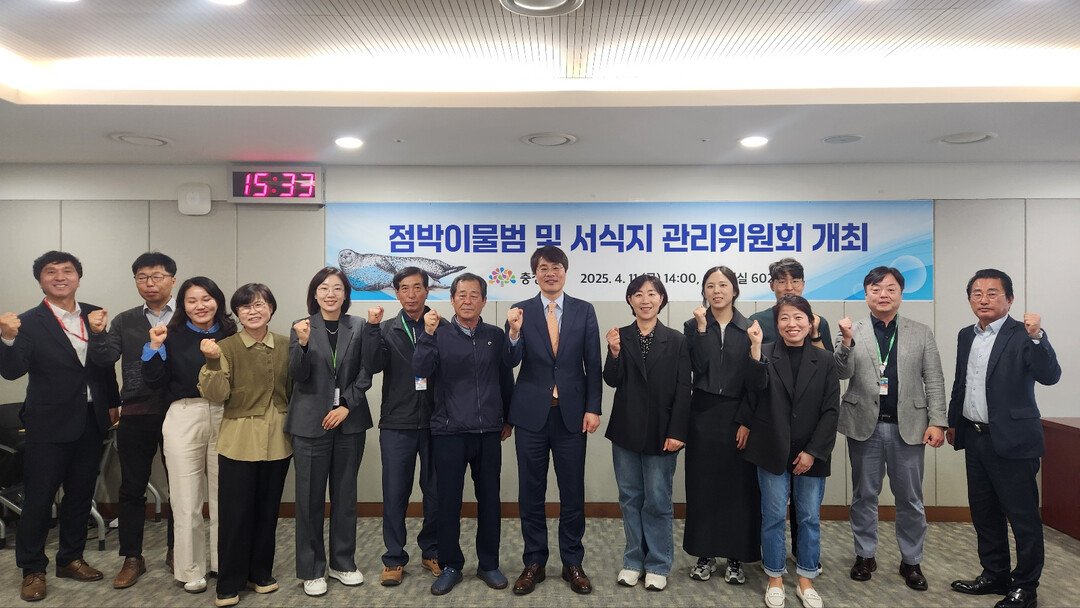
A key component of the province's long-term strategy involves the establishment of a National Spotted Seal Rehabilitation and Research Center within the Garorim Bay area. This proposed center is considered essential for building a strong research foundation, including comprehensive surveys of the bay's unique marine biological characteristics and the specific habitat requirements of the spotted seals. The facility would also enable systematic and continuous monitoring of the seal population, facilitating proactive responses to any emergencies or threats to their well-being. Chungcheongnam-do is actively engaging with the Ministry of Oceans and Fisheries and other relevant national agencies to advocate for the establishment of this vital research and rehabilitation hub.
The spotted seal (Phoca largha) is a migratory marine mammal classified within the order Carnivora and the family Phocidae (true seals). Its conservation status in South Korea is significant, being designated as Natural Monument No. 331, an Endangered Wildlife Class II species, and a legally protected marine organism. These seals exhibit a seasonal migratory pattern, typically residing in Korean waters, particularly Garorim Bay and the waters around Baengnyeong Island, from March to November. During the winter months, they migrate to Liaodong Bay in China for breeding before returning to Korean waters.
Garorim Bay holds a unique distinction as the only location in South Korea where spotted seals can be readily observed from land, offering unparalleled opportunities for research, education, and ecotourism. Surveys conducted by the National Institute of Fisheries Science's Whale Research Institute in 2021 documented a maximum of 12 individual spotted seals inhabiting the bay.
The provincial government attributes Garorim Bay's suitability as a spotted seal habitat to its shallow water depths, the presence of well-developed sandbars providing haul-out sites, and an abundant food supply. The bay itself is a significant ecological area, encompassing 15,985 hectares with a 162-kilometer coastline and extensive tidal flats spanning 8,000 hectares. The marine environment includes four inhabited and 48 uninhabited islands, further contributing to its biodiversity.
As part of its broader environmental vision, Chungcheongnam-do is actively propulsioning the Garorim Bay National Marine Ecosystem Park project. Situated within the West and South Coast Tidal Flats, recognized as one of the world's top five tidal flat systems and already designated as Korea's first and largest marine protected area, Garorim Bay holds immense ecological value. The province's ambitious plan aims to transform this natural treasure into a model ecological space where the delicate balance between nature, human activities, marine life, and overall environmental health is prioritized and celebrated. The intensified efforts to protect the spotted seals are a crucial component of this larger vision, recognizing these charismatic creatures as key indicators of the bay's ecological integrity and a vital asset for its future as a National Marine Ecosystem Park.
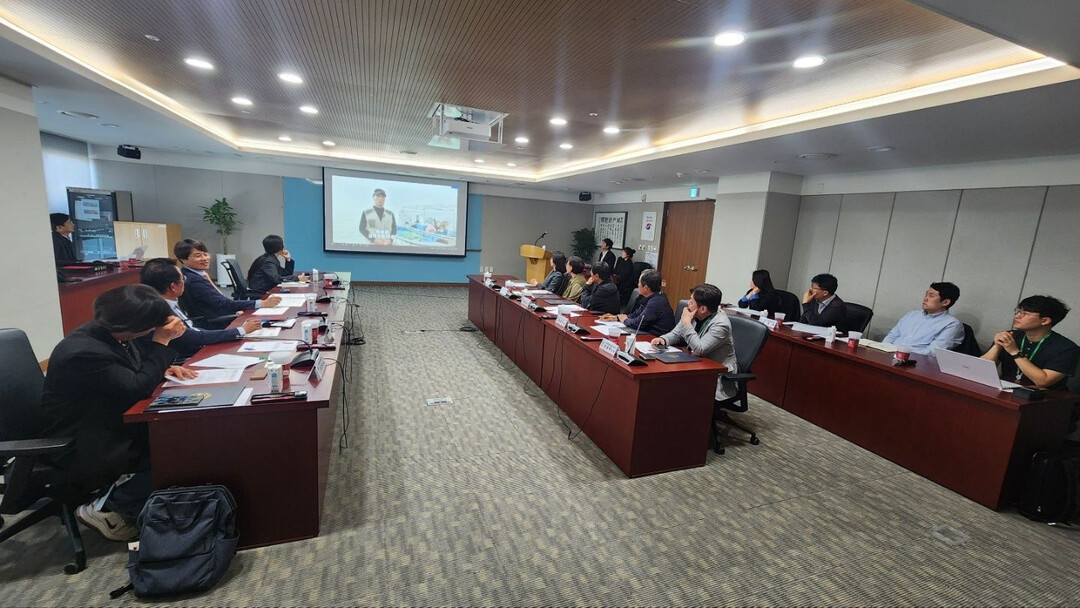
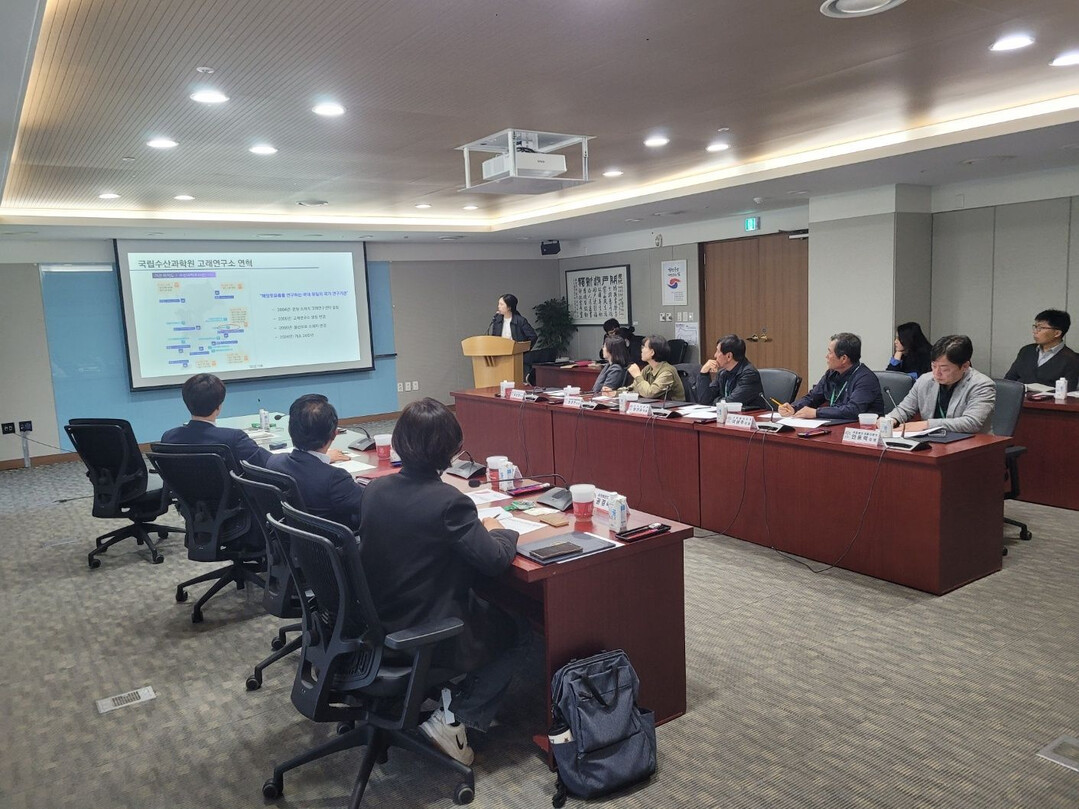
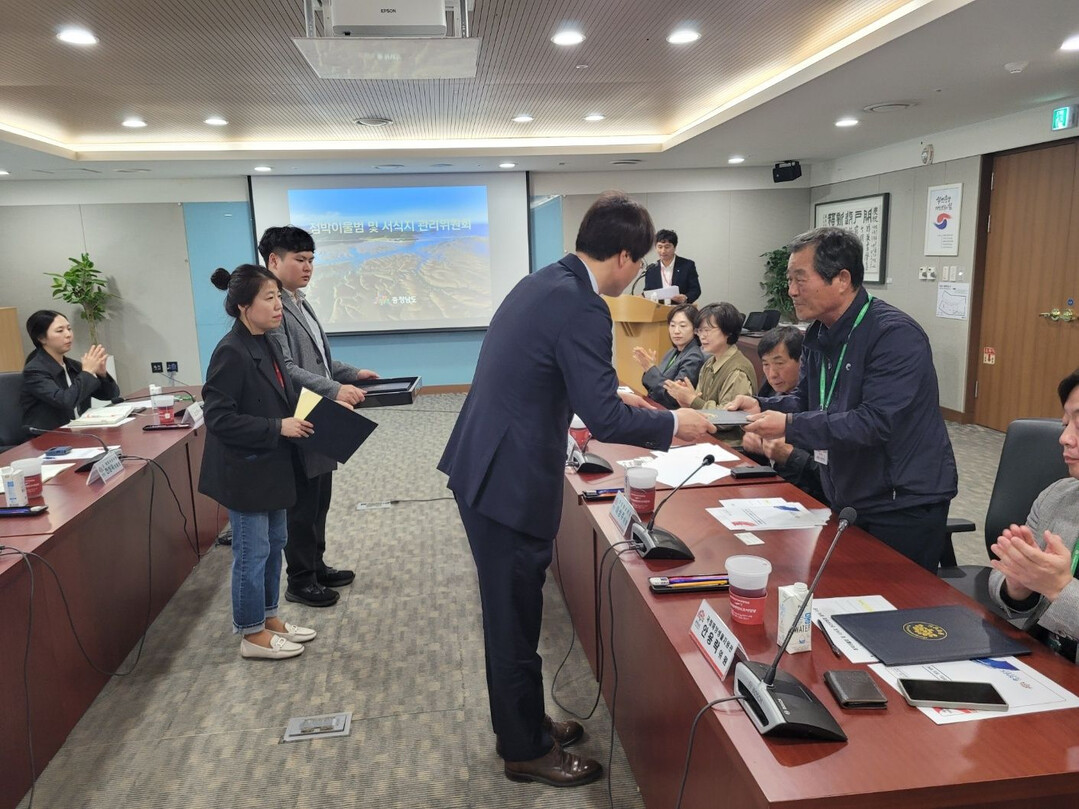
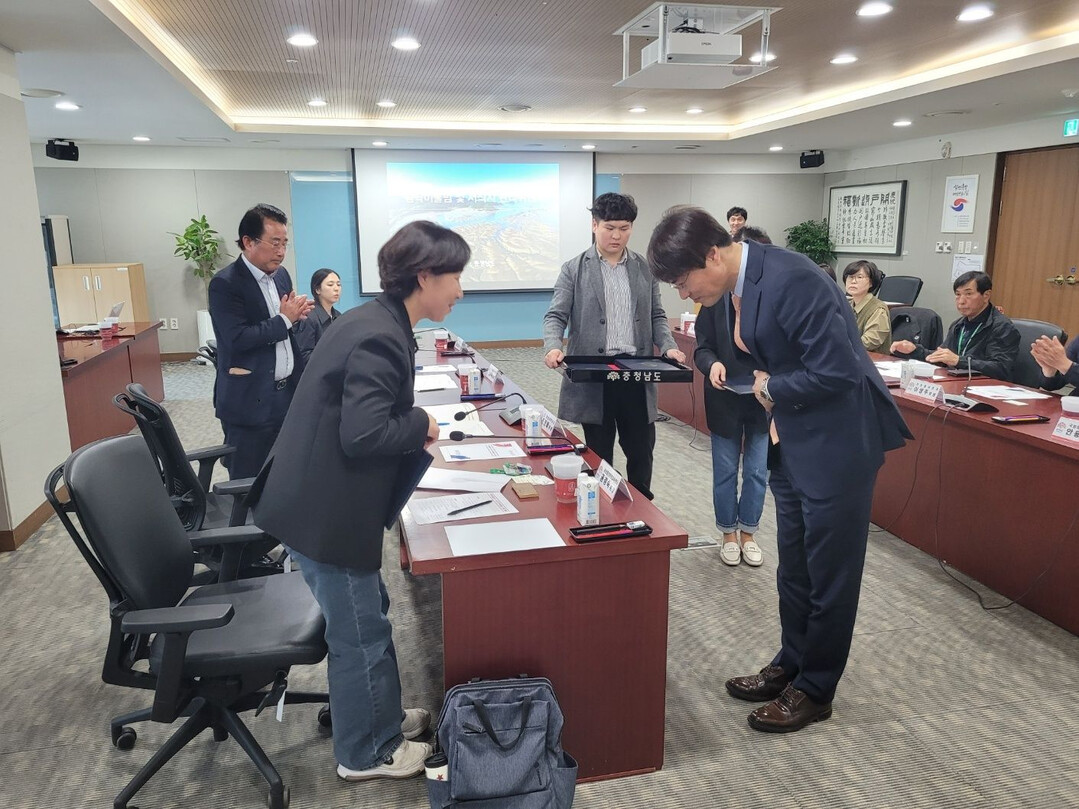
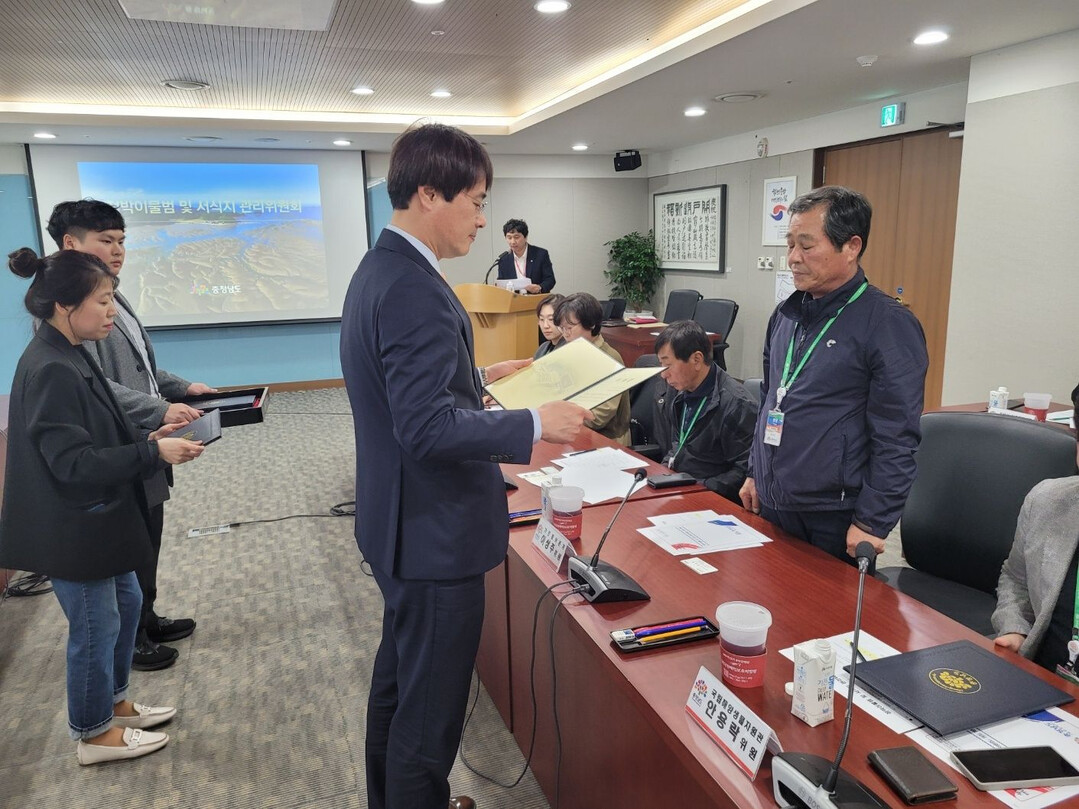
[Copyright (c) Global Economic Times. All Rights Reserved.]






























